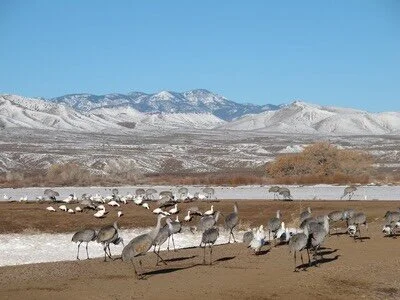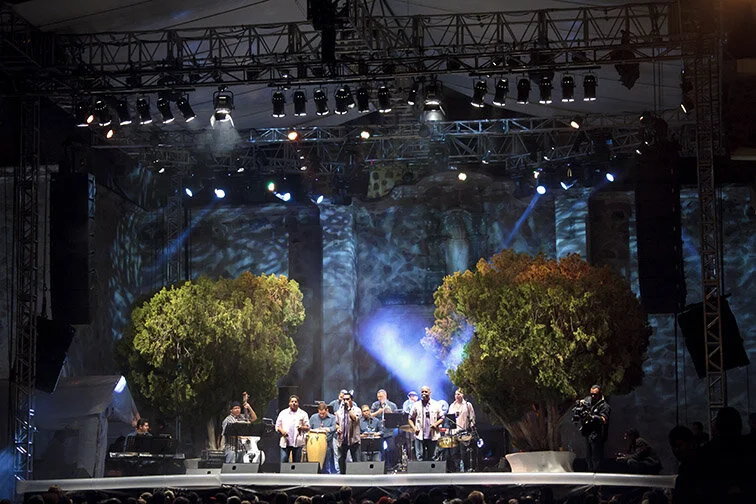Thailand is renowned for having some of the world’s best prostitutes.
It also has some of the scariest.
 My first order of business upon arriving in Bangkok was an early morning trek to the Damnernsaduak Floating Market, a 90 minute drive south of town in light traffic, and one of the most fascinating places I’ve ever been.
My first order of business upon arriving in Bangkok was an early morning trek to the Damnernsaduak Floating Market, a 90 minute drive south of town in light traffic, and one of the most fascinating places I’ve ever been.
The Damnernsaduak Floating Market is a series of canals lined by rickety wooden stalls selling all manner of goods, from tacky tourist items to local art and sculptures. You can purchase exotic spices and oils, native clothing, a vast array of fresh fruits, and even play with snakes.
When you arrive at Damnernsaduak you hire one of the long-tailed wooden boats to guide you through the markets. A 2-hour tour is around 300 Bhat (about $9), and the boatman will just float along past shops til one peaks your interest and you ask him to pull up alongside. There are also numerous merchants in other boats selling fresh fruits, meats, or cool drinks. They’ll pull up beside your boat to pour you hot tea, show off their fruits, or describe (always in a language I don’t understand) what their meat on the stick is and why you must buy it.
In the middle of the market is a non-descript shack that at first glance appears to be selling nothing. There are a couple of guys lounging in chairs enjoying a smoke. Upon closer inspection you discover that the men are draped in huge snakes, and are all too eager to show them off to interested tourists.
I can’t resist bad decisions like this, so of course I stopped.





















